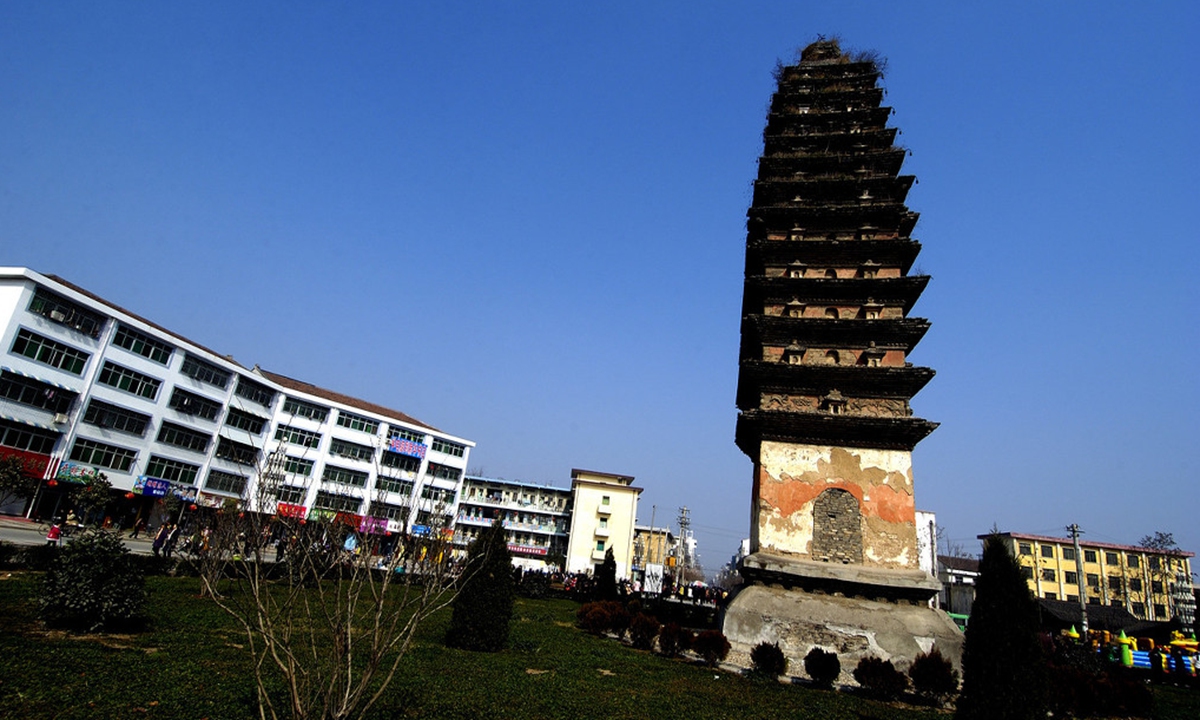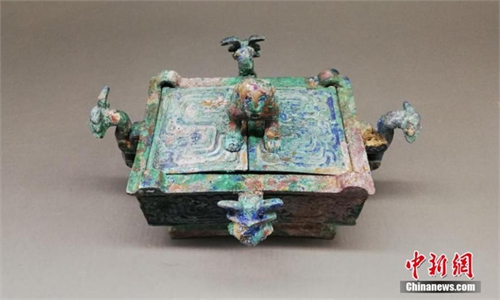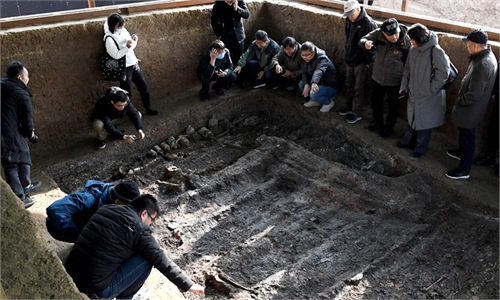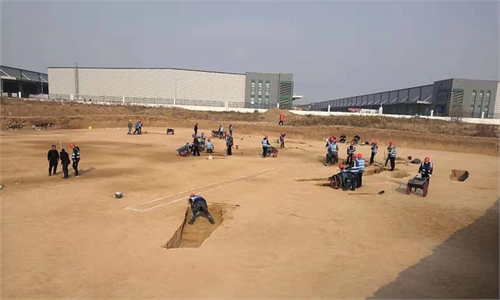
The ancient temple in a county of Xianyang, Northwest China’s Shaanxi Province Photo: IC
A gang of Chinese tomb robbers have been sentenced for stealing cultural relics from several ruins. Many netizens cheered the news, but what has really captured people’s attention is the unique way the gang committed the crime: running restaurants by day, while at night digging tunnels to ancient ruins to secretly remove cultural relics.
The robbery of ruins with thousands of years of history shocked Chinese netizens when the case was reported in the news on Monday, sparking discussion on how to protect frequently neglected ancient ruins and cultural relics in China’s rural areas.
The gang, led by a man surnamed Wei born in North China’s Shanxi Province, began stealing cultural relics using restaurants as a cover in 2011, the Shanghai-based The Paper reported.
The first site they chose was an ancient temple built during the Tang Dynasty (618-907) near Xianyang, Northwest China’s Shaanxi Province. Wei rented a house several meters away from the temple and sold pancakes by day with a woman who he pretended was his wife.
The two handled the business during the day while the other members in the gang dug a tunnel at nights toward the temple. After 11 months, they finally arrived at their destination: the temple’s underground palace.
During this first attempt, the gang stole 18 Tang Dynasty relics including a silver Ashoka Tower, gold Buddha bone and relics from eminent monks.
Following their first successful robbery, the gang continued to use the same method, opening stores or hotels close to ancient temples in Shanxi Province and Shaanxi Province to cover their crimes. Over the years, a total of 24 stolen cultural relics were sold for 1.96 million yuan ($301,103).
In October 2015, the criminals set their sights on a Song Dynasty (960-1279) temple located in a county of Xianyang.
As usual Wei opened a Sichuan restaurant near the temple as cover and to act as a base. The gang spent six months digging a tunnel, eight meters deep and 20 meters long, to the underground palace of the temple.
They stole 49 cultural relics such as copper mirrors and a sarcophagus. These cultural relics were packaged and sold for 5.8 million yuan. As the relics passed from one hand to another in East China’s Zhejiang Province their price reached to 23 million yuan.
The police began officially investigating the case in 2018 and spent 14 months arresting most of members of the gang including Wei as well as getting all the stolen cultural relics back.
Wei was sentenced to 15 years in jail for the first robbery and the other 22 were given sentences ranging from suspended to 14 years in prison in April 2020.
The case has sparked concern among Chinese netizens for the safety of ruins located in rural areas or that are not well-known.
“When I visited many villages to take photos in Shanxi Province, I discovered lots of ruins including ancient temples, towers and residential houses with high cultural value, but local people and the authorities did not realize their value and protection measures were seriously inadequate,” a freelance photographer surnamed Li told the Global Times on Tuesday.
Li said that this is an urgent problem that needs a solution. “Our attention should not just focus on significant cultural sites such as the Forbidden City.”
Liu Zheng, a member of the China Cultural Relics Academy, suggested that authorized organizations could train volunteers, who are interested in cultural relics, to seek out and record these scattered ruins sites, increasing manpower patrolling near sites.




